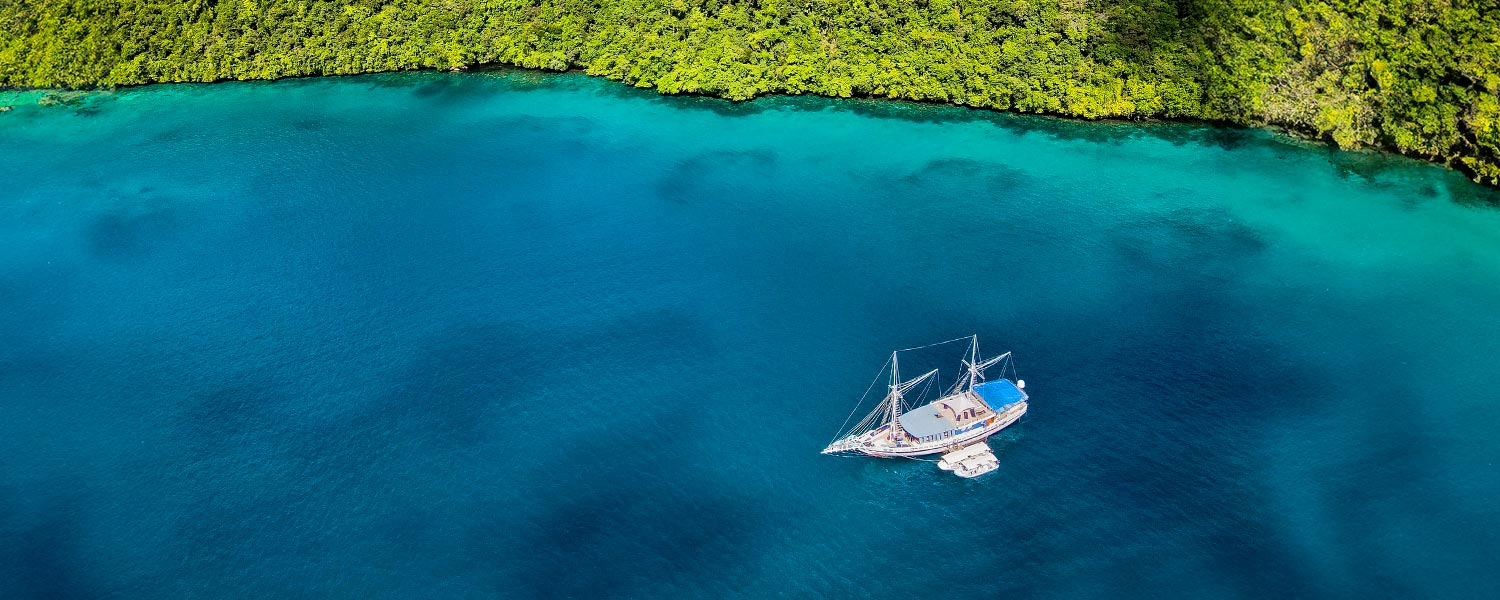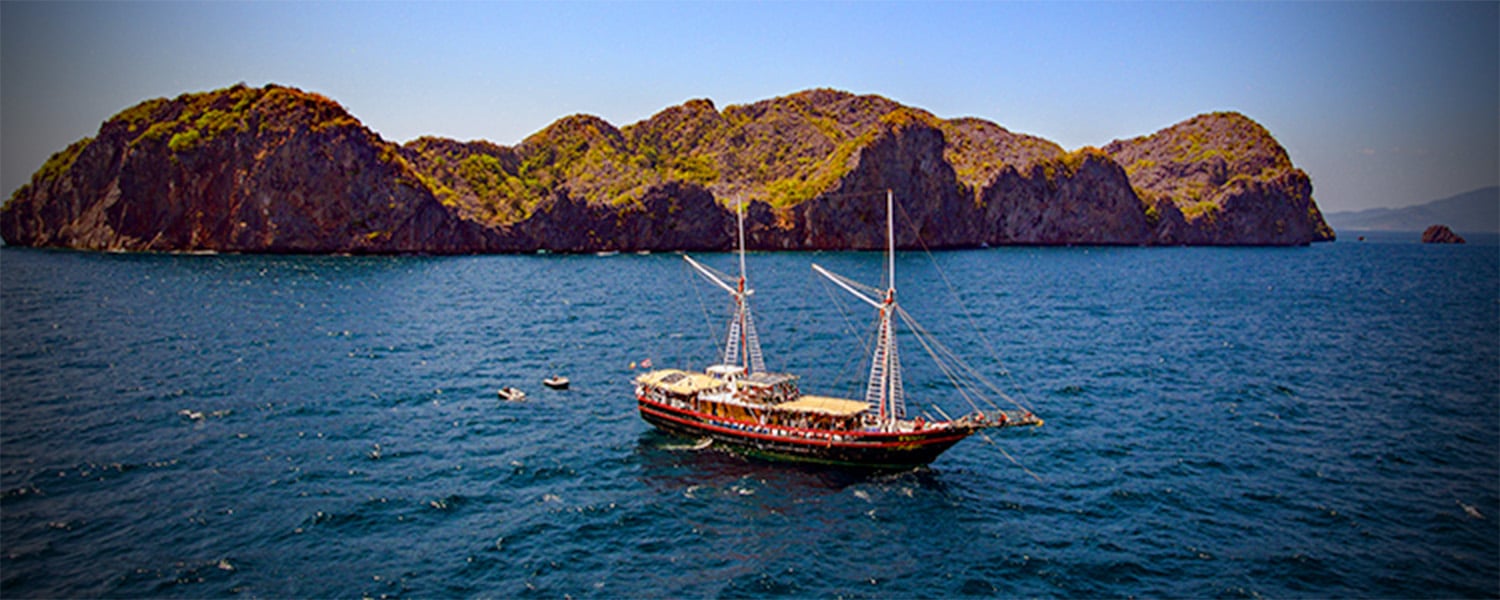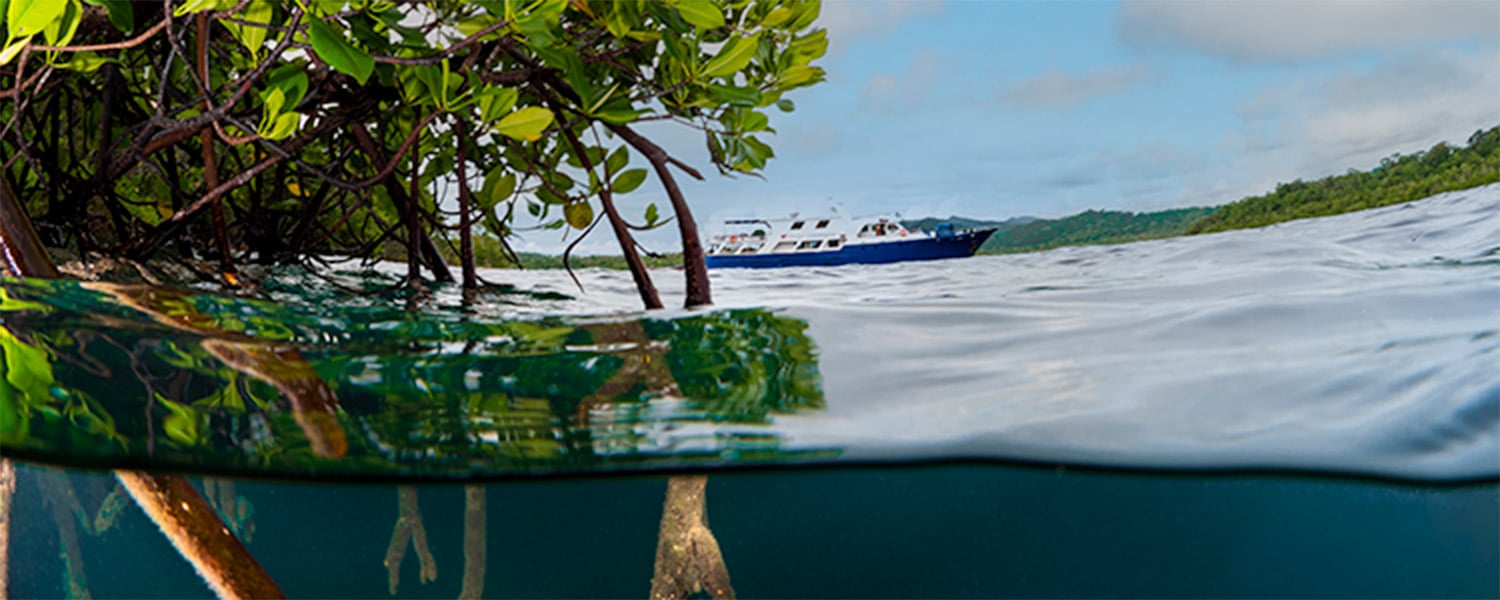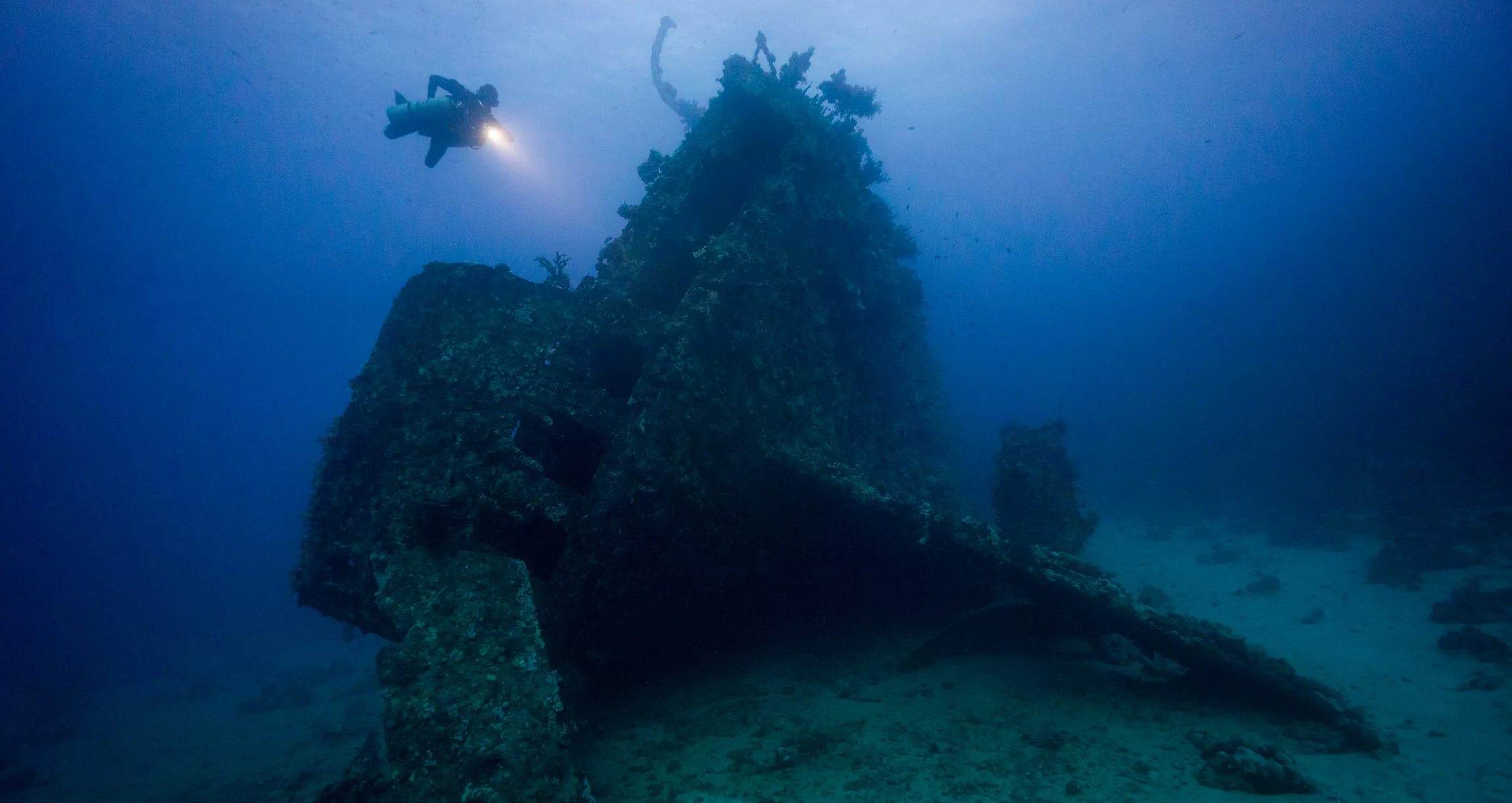While on you are enjoying your diving holidays on one of our liveaboards, the crew will take you, at some point, to a beautiful white sandy beach. Once you set foot on it, pay attention! You may notice hundreds of tiny balls next to a hole. These tiny footballs are the work of art of a sand bubbler crab. A rather extraordinary crab.
Feeding
With a body color resembling sand, the sand bubbler crab is easy to miss. Especially that they grow to the grand size of 1cm! However, you won’t miss the sophisticated patterns they make on the beach.
Sand bubbler crabs are in fact hunting for microscopic life, called meiofauna, living in the damp sand. They work at breakneck speed passing sand grains into their mouth filtering out all the meiofauna and kicking aside the waste rolled into little cleaned sand grain balls. By doing this, they avoid sifting the same sand twice.
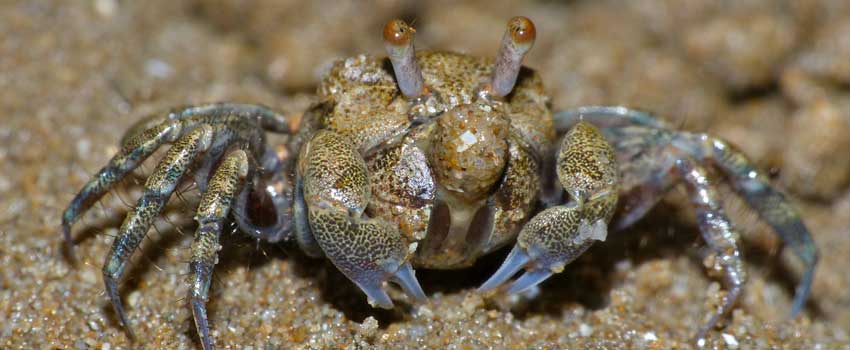
The crab will clean every grain of sand within a meter of its burrow, creating tiny galaxies drawings.
Protecting
To protect their territory, males will perform a funny dancing choreography to show their dominance to the other crabs. They straighten their legs, stand tall, and stretch their claws high above the body. Then they pull all their limbs back in quickly to go into attack-mode position.
Productivity
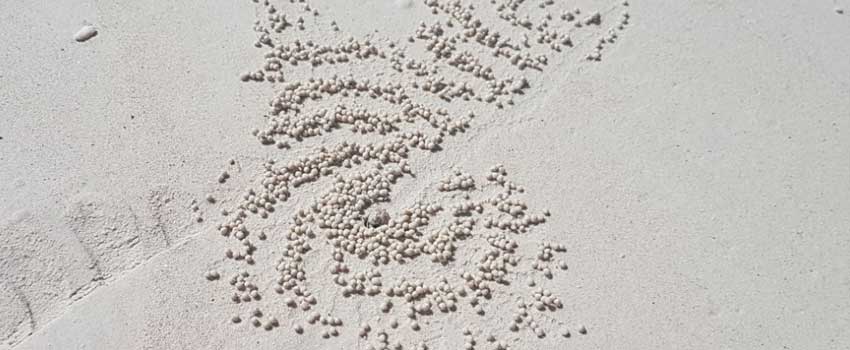
The crabs work fast because they can only sieve when the sand is damp. Once high tide is back, they simply return to their burrows and await the next tide. You can almost tell how long the tide has been out by the patterns of their sand balls. The more intricate the pattern of sand balls, the longer the tide has been out.
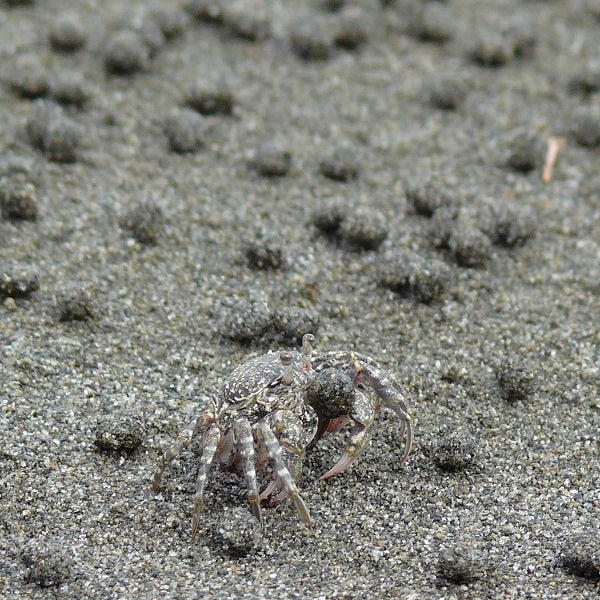
So, next time you are on the beach and you see such patterns on the beach, have a closer look! It’s quite funny to watch these tiny crabs tossing the sand balls behind. And if you fancy that diving holiday with a tropical beach, then give us a call! We can help 🙂
